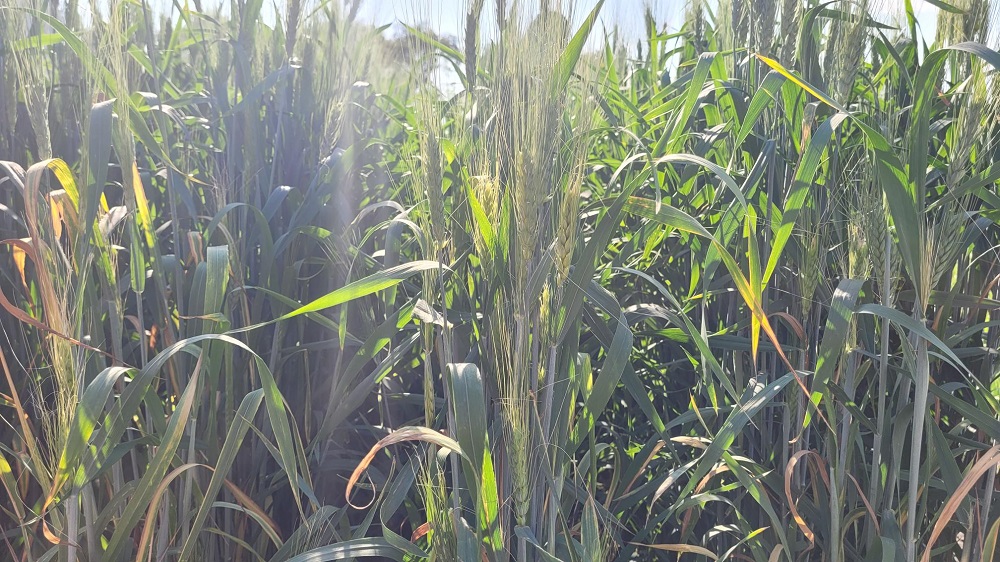There’s been a push to STOP THE MADNESS of changing our clocks back-and-forth for Daylight Saving Time. I’m happy Saskatchewan doesn’t play this game, But we CAN’T stop doing Leap Years.
Today is the 29th of February, a day we only get once every four years, mostly. So have you ever wondered what would happen if we didn’t do this? It might be more dramatic than you think.
It takes Earth 365.24 days to orbit the Sun, which is 365 days, 5 hours, 48 minutes, and 56 seconds. Those extra hours create enough time for one new day every four years.
If we didn’t add that extra day, the calendar would “shift” about 25 days every century, meaning that after about 600 years, Christmas would actually be in July, in the sense that it would be in the middle of the summer, at least in the Northern Hemisphere. We wouldn’t have an early-winter Christmas again for another 850 years.
So basically, Leap Years are vital to keep the months in sync with the seasons and annual events, including equinoxes and solstices.
If you didn’t know, the length of a day is also periodically adjusted by inserting a Leap Second, because of variations in Earth’s rotation. But unlike Leap Days, Leap Seconds are not added on a regular schedule, because those variations are not as predictable. The last time a Leap Second was added was on December 31st of 2016.
A person who is born on February 29 is called a “leapling” or a “leap-year baby”.









